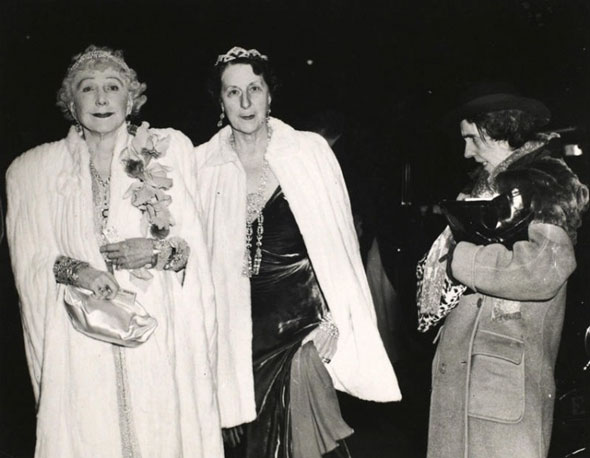Filmmaker Errol Morris caused quite a stir. We photographers supposedly understand what we’re doing, yet there comes a guy like Morris telling us that, in the end, all photographs are posed. Doesn’t mean, he says, all photographs are manipulated. But they are neither true nor false. “False beliefs,” he says, “adhere to photographs like flies to flypaper.”
The intentions of the photographer are not recorded in a photographic image, says Morris who goes on that you can imagine what an image is, but it’s pure speculation. A photograph has no truth-value. There is a casual connection between a photograph and what it is a photograph of. Same goes for photoshopped images. Most people though don’t care about this and prefer to speculate about what they believe about a photograph; fully convinced they know what they see.
Which in turn can defeat a good photograph’s purpose: to capture authenticity. The more famous a photograph is, says Morris, the more likely it is that people will claim it has been posed or faked. This is debatable, but whether you agree or not, it’s difficult to not subscribe to every single one of Morris’ assertions. Now just think about the implications for photographers.

Authorship is essential to the reading and interpretation of an image. As Morris says, the intentions of the photographer are not recorded in a photographic image. You can imagine what they are, but it’s pure speculation.
In other words, the intentions of the photographer might not be recorded, but their speculation is essential to the experience of the work. A picture can say a thousand words. Different words to each and everyone of us.
Take Geoff Dyer eloquently making a point in his book The Ongoing Moment about Robert Frank:
(His) pictures are apparently so casual as to seem hardly worth dwelling on. If we do choose to linger it is often to try to work out why Frank took a particular picture (what’s so special about this?)… The purpose of the photograph made from a hotel window in Butte, Montana, is to confirm that the view, partly hindered by net curtains, does not merit a second glance (as such the photograph demands that we return to it again and again).
“I love to watch the most banal things,” Frank once said, he the photographer who today is considered one of the art’s most acclaimed masters.

If we linger, it is often to try to work out why Frank took a particular picture — what’s so special about Butte, Montana?
Just another posed photograph? You’ll say some photographers pose people, some not. In the end though, don’t all photographs show a pose, and are therefore posed? The camera frames them, turns the subject/object into a stage, a play. The photographer picks the pose, whether the subject/object knows it or not.
The photographer’s standpoint, at the moment of hitting the shutter, is irrelevant. All that matters is the person who is perceiving the image and what they hold in their memories. Context is everything. The less context = the more speculation and interpretation.
A viewer of any kind well never completely get the context. There will always be room for at least some speculation. And that is part of what makes photography so intriguing. It’s all about evoking responses. It’s hardly authenticity that makes a good photography captivating. The more emotional responses = the more intriguing the photograph.
It’s said that the camera doesn’t know how to lie. Our digital cameras, however, just spit out 0s and 1s.
0s and 1s are neither true nor false. They are what electronic circuits, filters and our brains make them look like.


